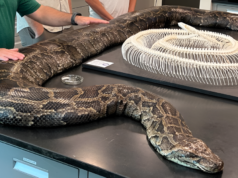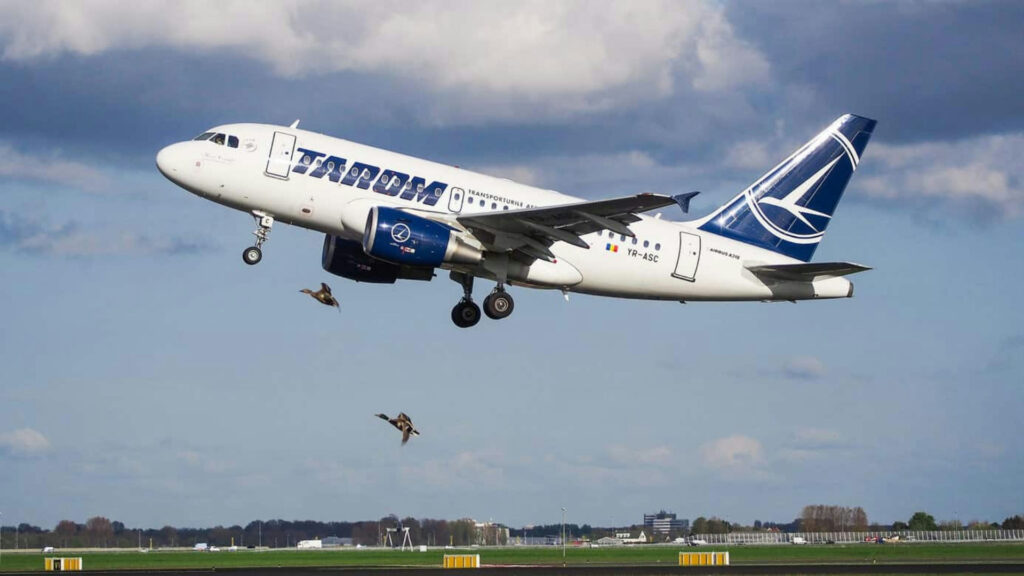
Bird strikes, or collisions between birds and airplanes, are a reality of aviation that has been part of flying since its inception. While birds often bear the brunt of these incidents, they can also pose a risk to aircraft safety. Despite this, the odds of a bird strike leading to serious consequences are exceptionally low due to advancements in aviation technology and procedures. Here’s a closer look at bird strikes and their implications.
What Are Bird Strikes?
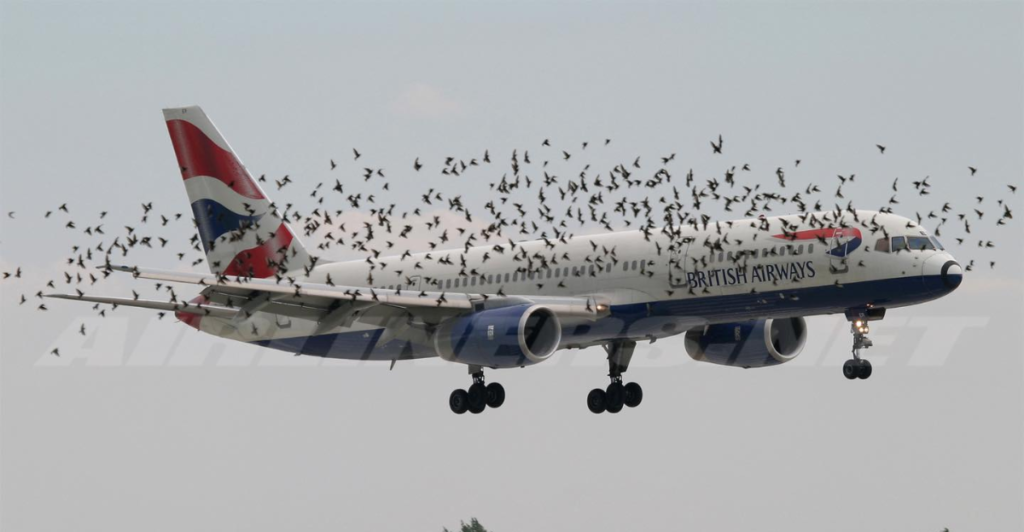
A bird strike is defined as a collision between a bird or flocks of birds and an aircraft during any phase of flight, including takeoff and landing. The size of the bird or the speed of the aircraft doesn’t matter, but larger birds and higher speeds increase the risk.
How Often Do Bird Strikes Happen?
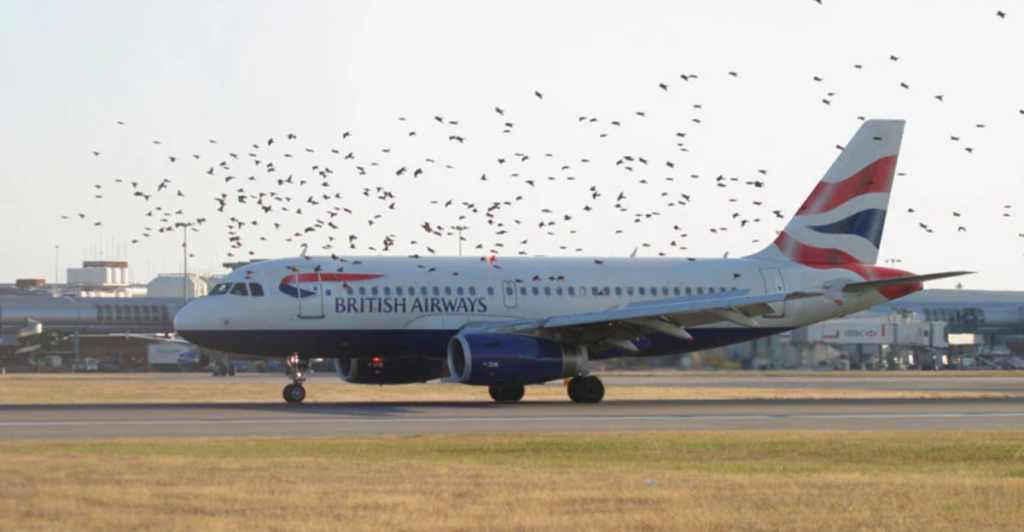
Bird strikes are more common than most people think. In the United States alone, thousands of wildlife strikes are recorded annually. For example, between January 2021 and January 2022, New York airports reported 493 incidents. However, despite their frequency, they rarely result in fatalities.
Why Bird Strikes Are Rarely Fatal
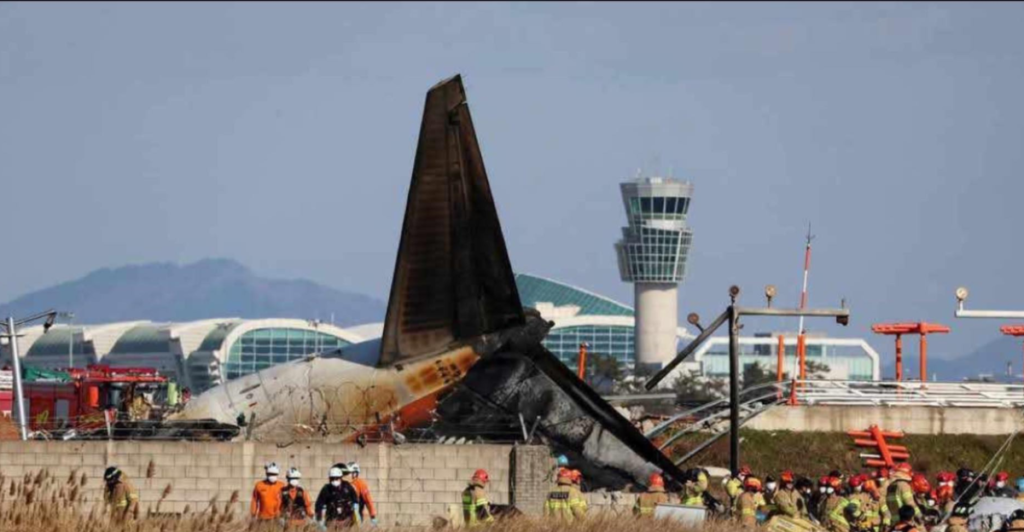
Statistics show that fatalities due to bird strikes are exceedingly rare. Over a 31-year period, only 292 deaths were recorded worldwide due to wildlife strikes, averaging nine fatalities per year. Considering the billions of flights globally, the risk is minimal.
When Are Bird Strikes Most Common?

Bird strikes occur more frequently during certain times of the year and day. Migratory patterns in summer and fall, combined with increased bird activity, contribute to higher incidents. Daylight hours see the majority of strikes, though nocturnal birds are involved in nighttime collisions.
Where Do Bird Strikes Happen?
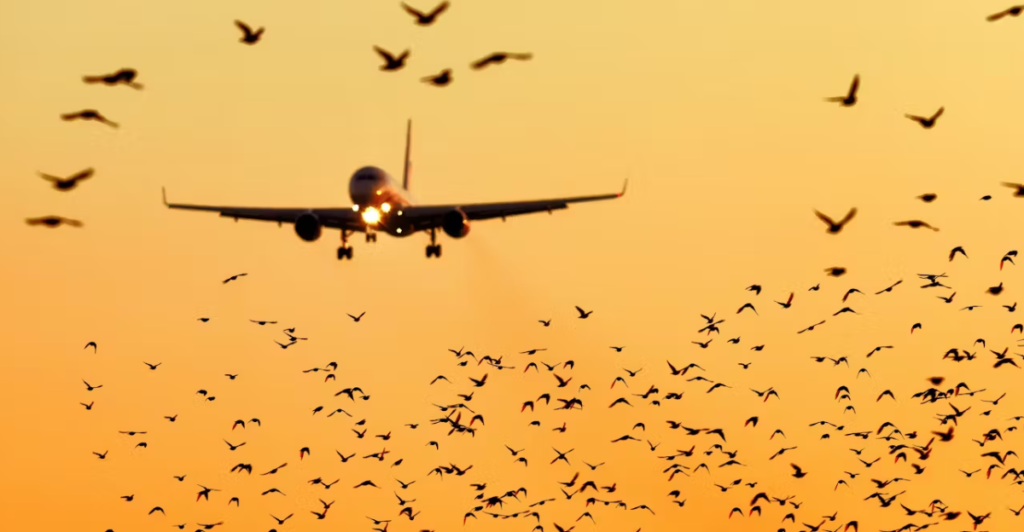
Most bird strikes occur during takeoff and landing when airplanes are closer to the ground and at slower speeds. Airports near coasts, rivers, and rural areas experience higher rates of strikes due to the presence of more bird-attracting habitats.
Are Bird Strikes Dangerous?
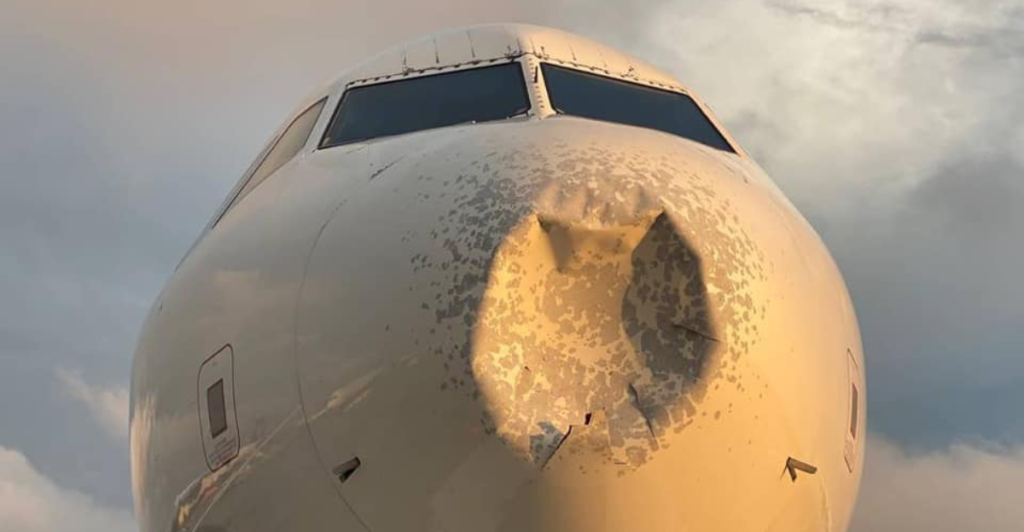
Although bird strikes are rarely dangerous, certain parts of an airplane are more vulnerable. Components such as engines, propellers, and windshields can suffer damage, but aircraft are designed and tested to withstand significant impacts.
Critical Aircraft Areas at Risk
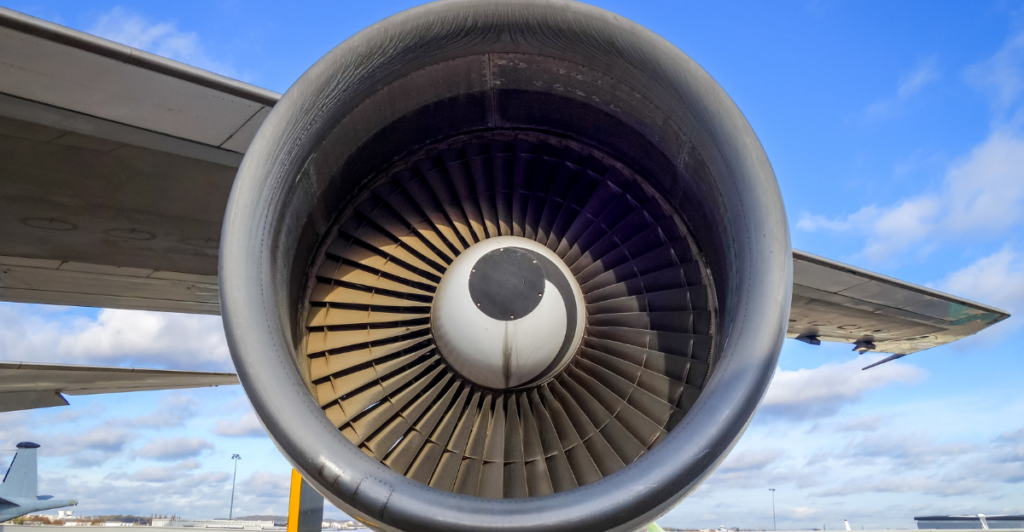
Engines, especially jet engines, are among the most sensitive parts of an aircraft. Bird strikes can disrupt airflow and cause damage to blades. Windshields and flight control surfaces are also susceptible to damage at high speeds, posing potential risks to pilots and passengers.
How Aircraft Manufacturers Prepare
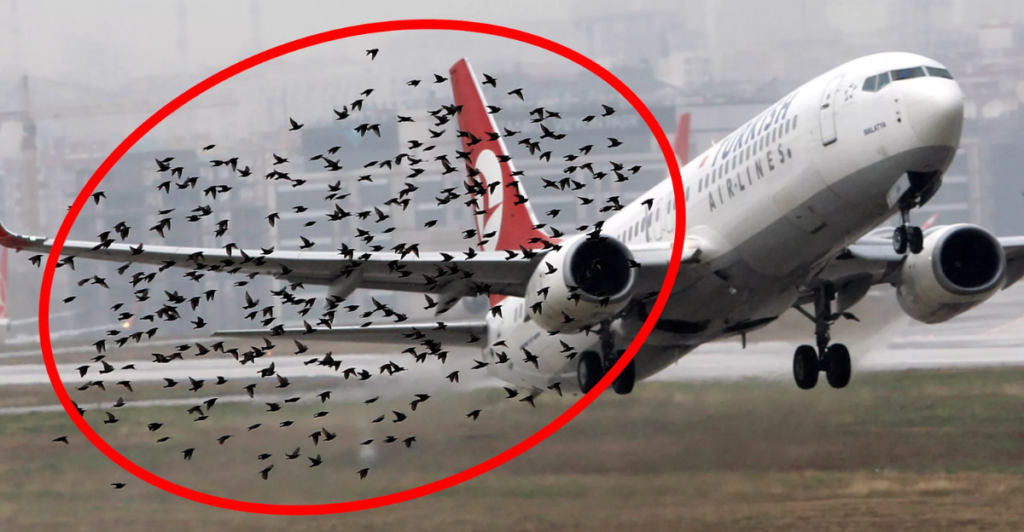
Aircraft are rigorously tested to handle bird strikes. Simulated impacts, such as firing chickens at aircraft components, are standard in the aviation industry. These tests ensure that planes can endure even extreme conditions.
Techniques Pilots Use to Avoid Birds
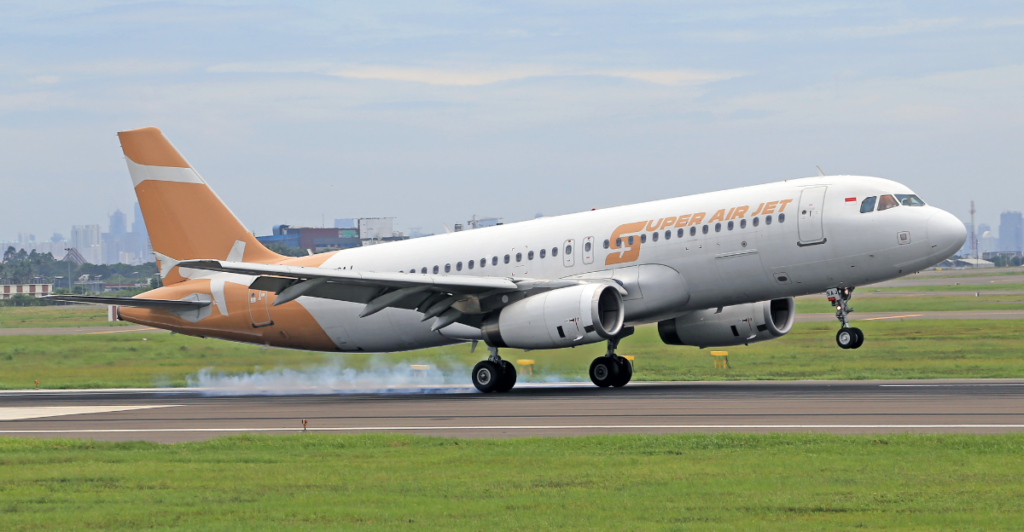
Pilots employ several strategies to minimize bird strike risks. Slowing down during critical flight phases reduces collision force. Weather radar, engine spinner painting, and aircraft lights are additional measures to deter birds and make airplanes more visible.
What to Do in Case of a Bird Strike
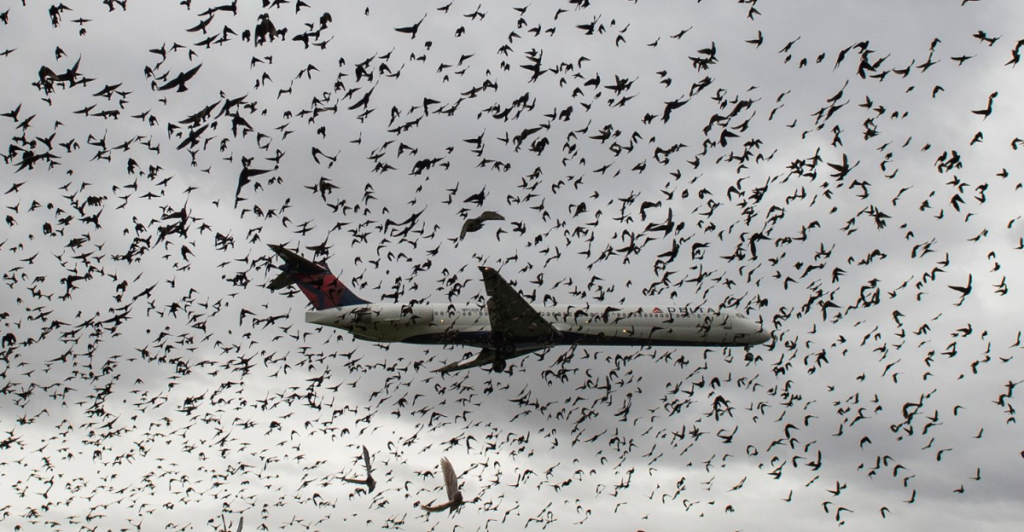
If a bird strike occurs, pilots rely on backup systems and training to manage the situation. Aircraft are designed with redundancies, ensuring that even if one system fails, others can compensate to maintain safety.
Why Bird Strikes May Increase
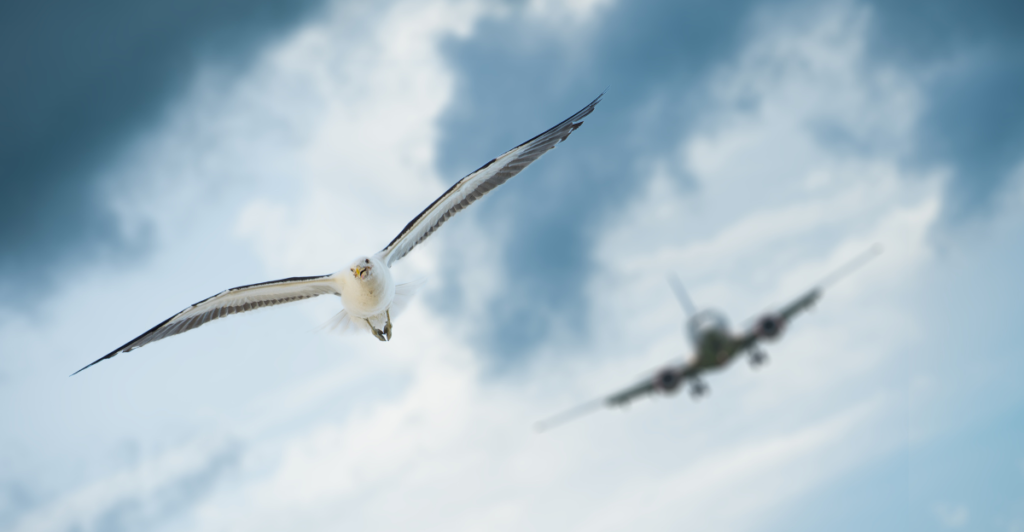
As global air traffic continues to grow, the number of bird strikes could increase. However, ongoing advancements in aircraft design and risk management strategies ensure these incidents remain manageable.
A Natural Part of Aviation
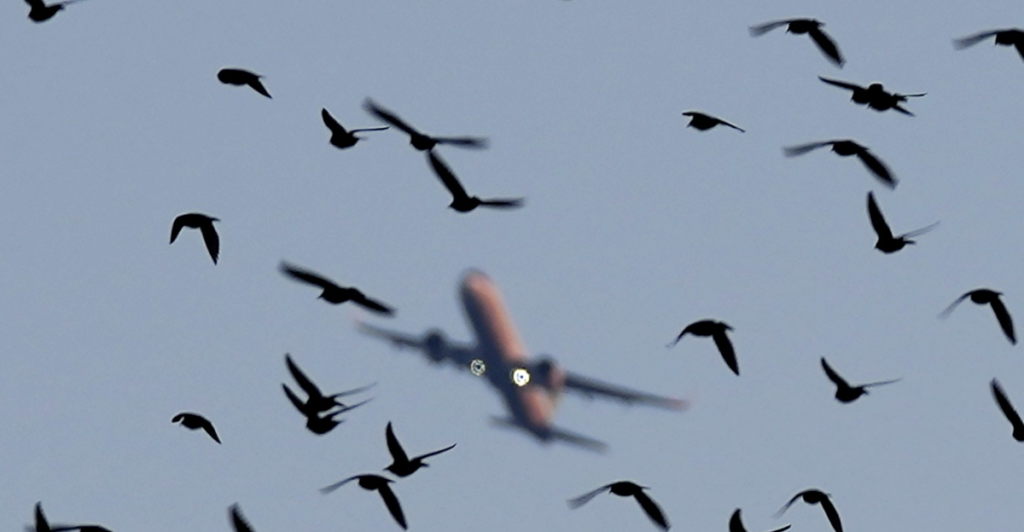
While bird strikes are a natural part of aviation, their risks are minimal, thanks to robust aircraft designs and preventive measures. With increasing awareness and technology, bird strikes are unlikely to pose significant threats, allowing aviation to coexist with nature in a safe and sustainable manner.
Discover more of our trending stories and follow us to keep them appearing in your feed

Meet the Massive Crocodiles That Make Their Homes 40 Feet Underground
13 Most Dangerous Animals in America
10 Aviation Disasters Caused by Bird Strikes
10 Incidents Where Animals Caused Chaos on Board and Grounded Planes
Stay connected with us for more stories like this! Follow us to get the latest updates or hit the Follow button at the top of this article, and let us know what you think by leaving your feedback below. We’d love to hear from you!



